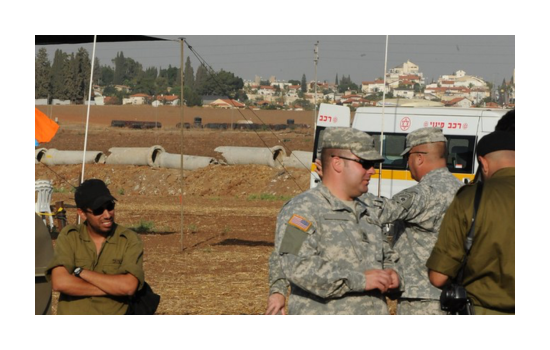Itay Ilnai
Israel Hayom, Sept. 1, 2024
“The reason for CENTCOM’s massive buildup, senior defense and political officials agree, is solely related to Iran.”
On Monday, American General Charles Brown, chairman of the Joint Chiefs of Staff, participated in a tour of the Israel-Lebanon border. Although this is only the second time Brown, the highest-ranking officer in the US armed forces, has visited Israel, he seemed to feel at home here. Brown’s host was IDF Chief of Staff Lt. Gen. Herzi Halevi. In photos distributed by the IDF Spokesperson’s Unit, the two can be seen flying comfortably in a helicopter, listening to a briefing in the northern command operations room, and sitting naturally side by side at the head of the General Staff table. “It’s almost as if the IDF has two chiefs of staff,” says a former senior military official.
The IDF does indeed have only one chief of staff, but Brown’s presence in Israel, and the way he was received here, is a clear expression of the deep, unprecedented military cooperation between Israel and the United States. “A military coalition without a military coalition,” is how a source in the defense establishment defines it.
In the past three weeks, in the shadow of the alert for the Iranian regime’s response to the assassination of Ismail Haniyeh in Tehran, this “coalition” has reached its peak. During this period, the United States Central Command, which oversees the Middle East region and is in daily contact with the IDF, has grown tenfold in terms of its force size: from a fighting force of 4,000 men in routine to about 40,000 fighters, with their equipment, including two aircraft carriers, a nuclear submarine, and hundreds of fighter and reconnaissance aircraft. “This time,” says a source in the Defense Ministry, “America has gone out of its way for us.” … [To read the full article, click here]


